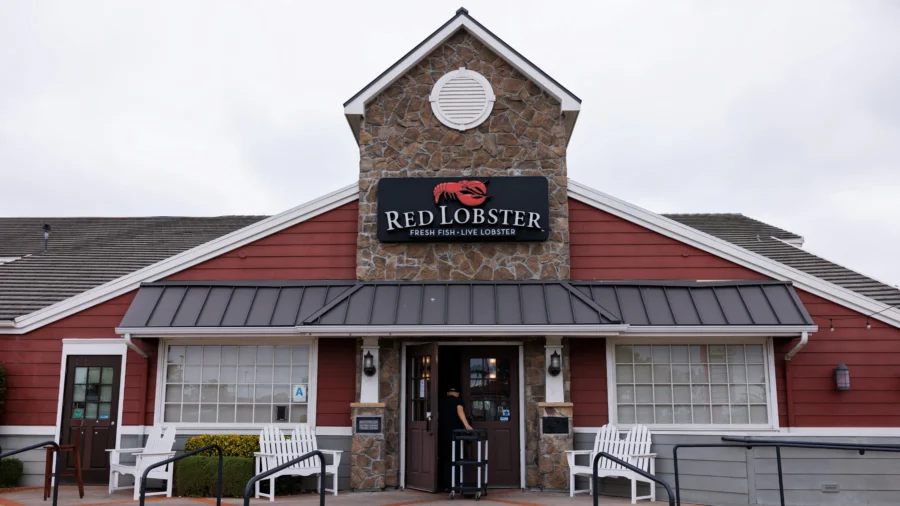Popular seafood chain Red Lobster will soon exit Chapter 11 bankruptcy after a recent court approval and be led under a new CEO, according to a Thursday company announcement.
The company had filed for bankruptcy protection in May and announced plans to close 23 locations last week. Now, as part of its bankruptcy proceedings, the restaurant chain will remain independent and will be acquired by a new company by the end of September.
“This is a great day for Red Lobster,” said Damola Adamolekun, the company’s new CEO.
According to the announcement, Red Lobster Management LLC and its indirect operating subsidiaries will be acquired by RL Investor Holdings LLC, which is an entity of Fortress Investment Group LLC and co-investors Blue Torch and TCW Private Credit.
Adamolekun will begin his first day as CEO after the company’s acquisition is complete, which is when current CEO Jonathan Tibus will step down and leave the company.
“I’m proud of what Red Lobster has achieved during this restructuring—the Company will emerge from Chapter 11 stronger financially and operationally, and with new backers who are resolutely focused on investment and growth,” Tibus said in the announcement.
The 56-year-old company will continue to operate its 544 locations in 44 U.S. states and four Canadian provinces.
Adamolekun said that with the help of new investors, Red Lobster has a “comprehensive” and long-term investment plan, including a $60 million commitment in new funding, which will “reinvigorate” the company under the new leadership while keeping the “best of its history.”
The announcement states the chain employs more than 30,000 team members throughout the United States and Canada.
Headquartered in Orlando, Florida, the company claims to be the world’s largest and most-loved seafood restaurant company.
When the bankruptcy was first announced in May, court documents showed that the company had already closed nearly 100 locations.
The locations were “deemed to be non-performing because of rent costs and/or financial performance, such that operating those stores was deemed to be financially burdensome to the rest of the company,” the initial bankruptcy filings stated.
The company said it had struggled with rising lease and labor costs and that one promotion, the all-you-can-eat shrimp deal, contributed to millions in losses after it overwhelmed restaurants.
According to the May bankruptcy petition, signed by Tibus, who became CEO in March, the seafood chain estimated its liabilities and assets at $1 billion to $10 billion, with an estimated 100,000-plus creditors.
A motion was filed on Aug. 22 in the U.S. Bankruptcy Court for the Middle District of Florida seeking court approval to reject the leases of 23 locations throughout 15 states, including those in Minnesota, Virginia, New York, Indiana, Illinois, Arizona, Florida, South Carolina, Georgia, Colorado, North Carolina, California, Arkansas, Ohio, and Missouri.
Red Lobster said at the time that the locations would be vacated by Aug. 31 and that the closures were necessary.
“The Debtors have determined that continued performance under the Rejected Leases would constitute an unnecessary drain upon the financial resources of Debtors’ cash,” the company said in its court filing.
NTD reached out to Red Lobster for the status of those locations but did not receive a response by publication time.

